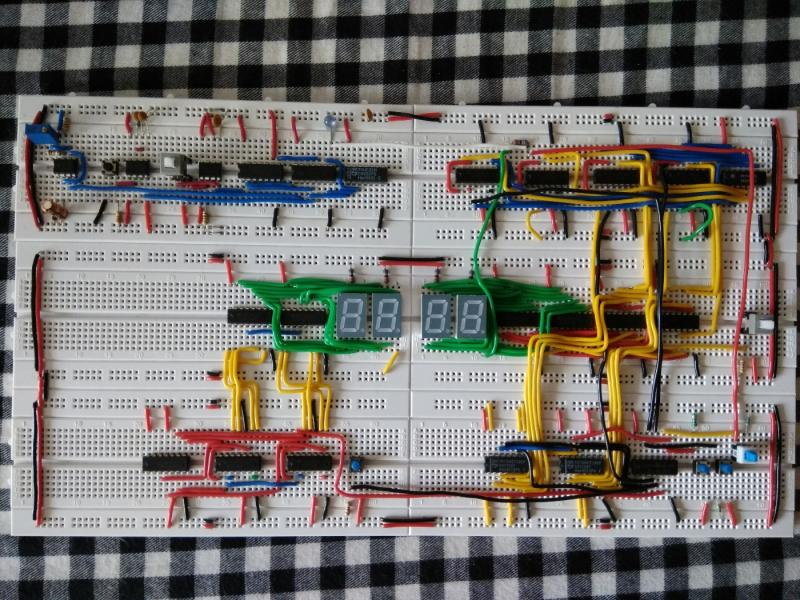Join devRant
Do all the things like
++ or -- rants, post your own rants, comment on others' rants and build your customized dev avatar
Sign Up
Pipeless API

From the creators of devRant, Pipeless lets you power real-time personalized recommendations and activity feeds using a simple API
Learn More
Related Rants

 From today, this beauty is 'ticking' on my desk :D
From today, this beauty is 'ticking' on my desk :D Today at school I borrowed an oscilloscope and a few capacitors and used a circuit I made at home to just demo...
Today at school I borrowed an oscilloscope and a few capacitors and used a circuit I made at home to just demo... My Mini-project for college. Any electronics enthusiasts here?
My Mini-project for college. Any electronics enthusiasts here?
Ok so I have never really used motors before so I have no idea what I am doing, but I was wondering how to calculate how much weight a motor could move.
Say I have a trolley that weights ~300kg, and I attached a motor to each of its 4 wheels how would I calculate if it would move/what would be needed to move it, and how would I know the RPM of the motors. (Friction can be ignored and it would be on a flat surface)
Also, if I added 4 more motors to turn the wheels, since its just moving a small wheel and it wont be supporting the weight, could it be weaker than the other motors, or would the force that the wheel is experiencing from the trolleys weight effect the turning of the motor.
question
motors
electronics